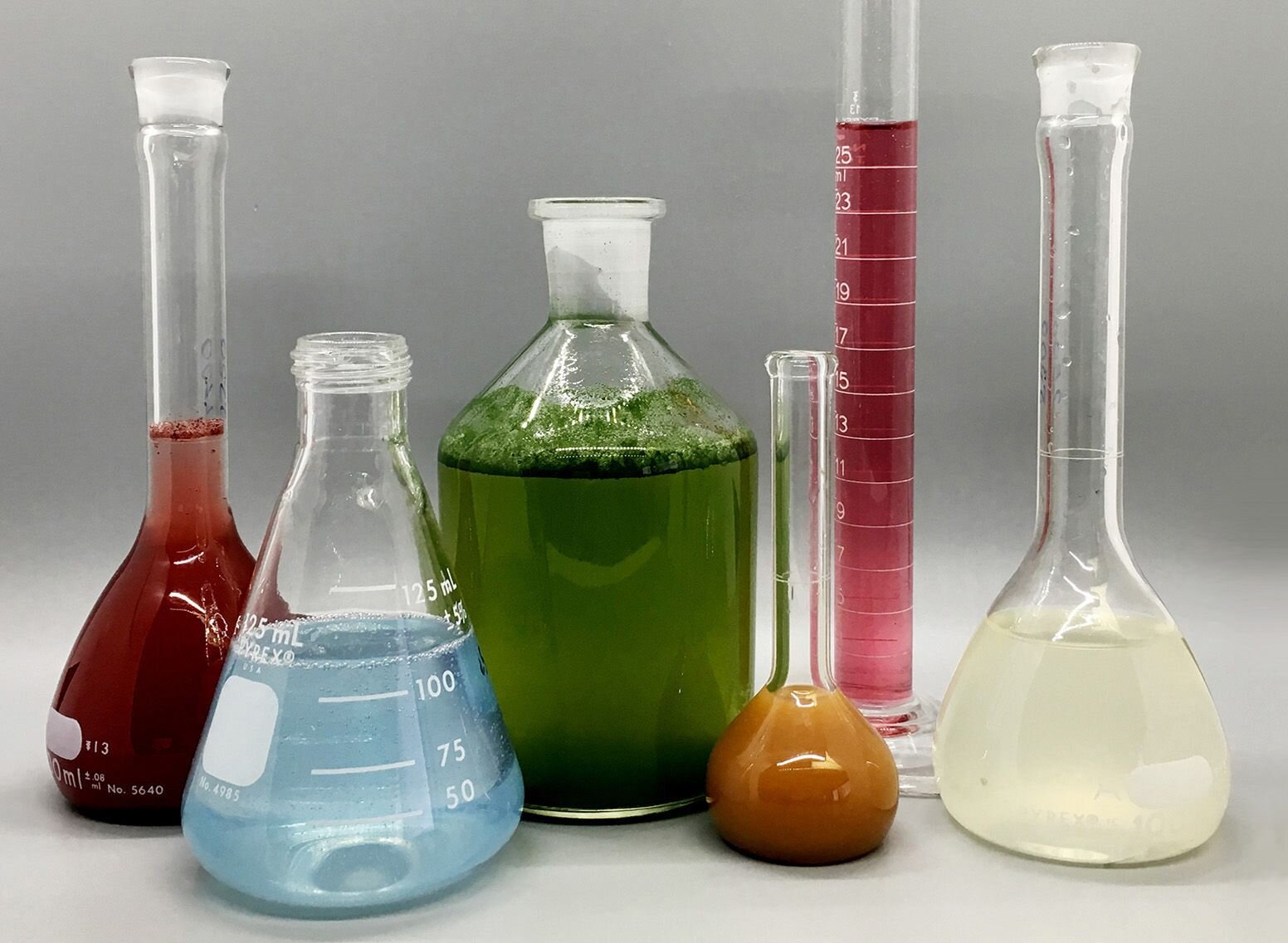Circularly Polarized Luminescence Things To Know Before You Buy
Circularly Polarized Luminescence Things To Know Before You Buy
Blog Article
Not known Incorrect Statements About Circularly Polarized Luminescence
Table of ContentsThe Best Guide To Circular DichroismA Biased View of Uv/visThe Ultimate Guide To Circularly Polarized LuminescenceMore About SpectrophotometersCircularly Polarized Luminescence Fundamentals Explained

Spectrophotometry is most commonly applied to ultraviolet, noticeable, and infrared radiation, modern spectrophotometers can interrogate large swaths of the electro-magnetic spectrum, including x-ray, ultraviolet, visible, infrared, and/or microwave wavelengths. Spectrophotometry is a tool that hinges on the quantitative analysis of particles depending on how much light is absorbed by colored compounds.
10 Easy Facts About Uv/vis Explained
A spectrophotometer is typically used for the measurement of transmittance or reflectance of options, transparent or opaque solids, such as refined glass, or gases. Lots of biochemicals are colored, as in, they soak up noticeable light and therefore can be determined by colorimetric procedures, even colorless biochemicals can frequently be converted to colored compounds ideal for chromogenic color-forming responses to yield substances suitable for colorimetric analysis.: 65 Nevertheless, they can also be created to measure the diffusivity on any of the listed light ranges that usually cover around 2002500 nm using various controls and calibrations.
An example of an experiment in which spectrophotometry is utilized is the determination of the equilibrium constant of a service. A particular chemical reaction within a solution might take place in a forward and reverse direction, where reactants form products and products break down into reactants. Eventually, this chemical response will reach a point of balance called a balance point.
10 Easy Facts About Uv/vis Described
The amount of light that travels through the option is a sign of the concentration of certain chemicals that do not permit light to go through. The absorption of light is due to the interaction of light with the electronic and vibrational modes of particles. Each type of molecule has a private set of energy levels associated with the useful source makeup of its chemical bonds and nuclei and hence will take in light of specific wavelengths, or energies, resulting in special spectral properties.
The usage of spectrophotometers spans various clinical fields, such as physics, products science, chemistry, biochemistry. spectrophotometers, chemical engineering, and molecular biology. They are widely used in numerous markets including semiconductors, laser and optical production, printing and forensic assessment, as well as in labs for the research study of chemical substances. Spectrophotometry is often utilized in measurements of enzyme activities, determinations of protein concentrations, determinations of enzymatic kinetic constants, and measurements of ligand binding reactions.: 65 Eventually, a spectrophotometer is able to identify, depending on the control or calibration, what substances are present in a target and exactly how much through calculations of observed wavelengths.
This would come as a service to the formerly created spectrophotometers which were not able to absorb the ultraviolet correctly.
The 8-Minute Rule for Circularly Polarized Luminescence
It would be discovered that this did not offer satisfactory results, for that reason in Model B, there was a shift from a glass to a quartz prism which enabled much better absorbance outcomes - spectrophotometers (https://www.twitch.tv/olisclarity1/about). From there, Design C was born with a modification to the wavelength resolution which ended up having 3 systems of it produced
It irradiates the sample with polychromatic light which the sample soaks up depending on its residential or commercial properties. Then it is transferred back by grating the photodiode selection which discovers the wavelength area of the spectrum. Given that then, the production and application of spectrophotometry devices has increased immensely and has turned into one of the most ingenious instruments of our time.

4 Easy Facts About Uv/vis Described
The grating can either be movable or fixed.
In such systems, the grating is repaired and the intensity of each wavelength of light is determined by a different detector in the variety. When making transmission measurements, the spectrophotometer quantitatively compares the portion of light that passes through a referral option and a test solution, then electronically compares the strengths of the two signals and computes the percentage of transmission of the sample compared to the referral standard.

Report this page